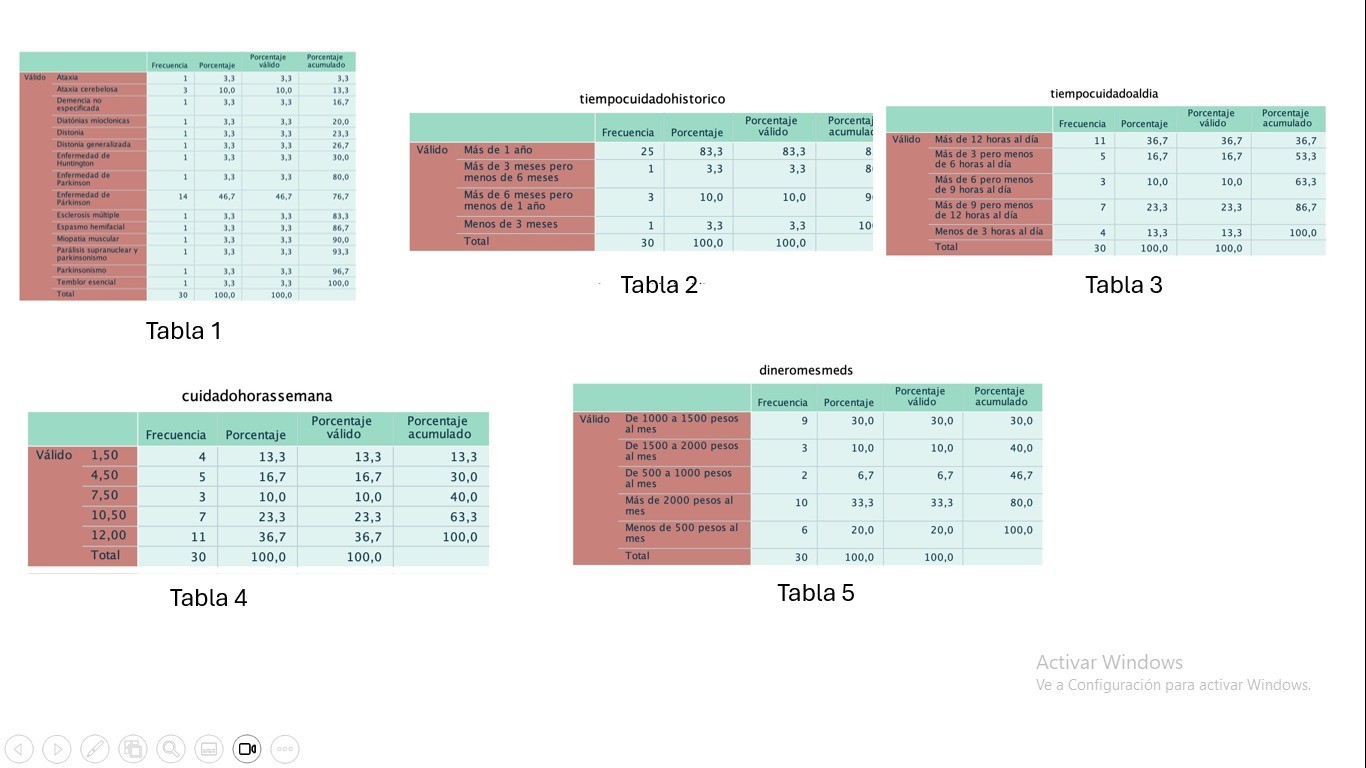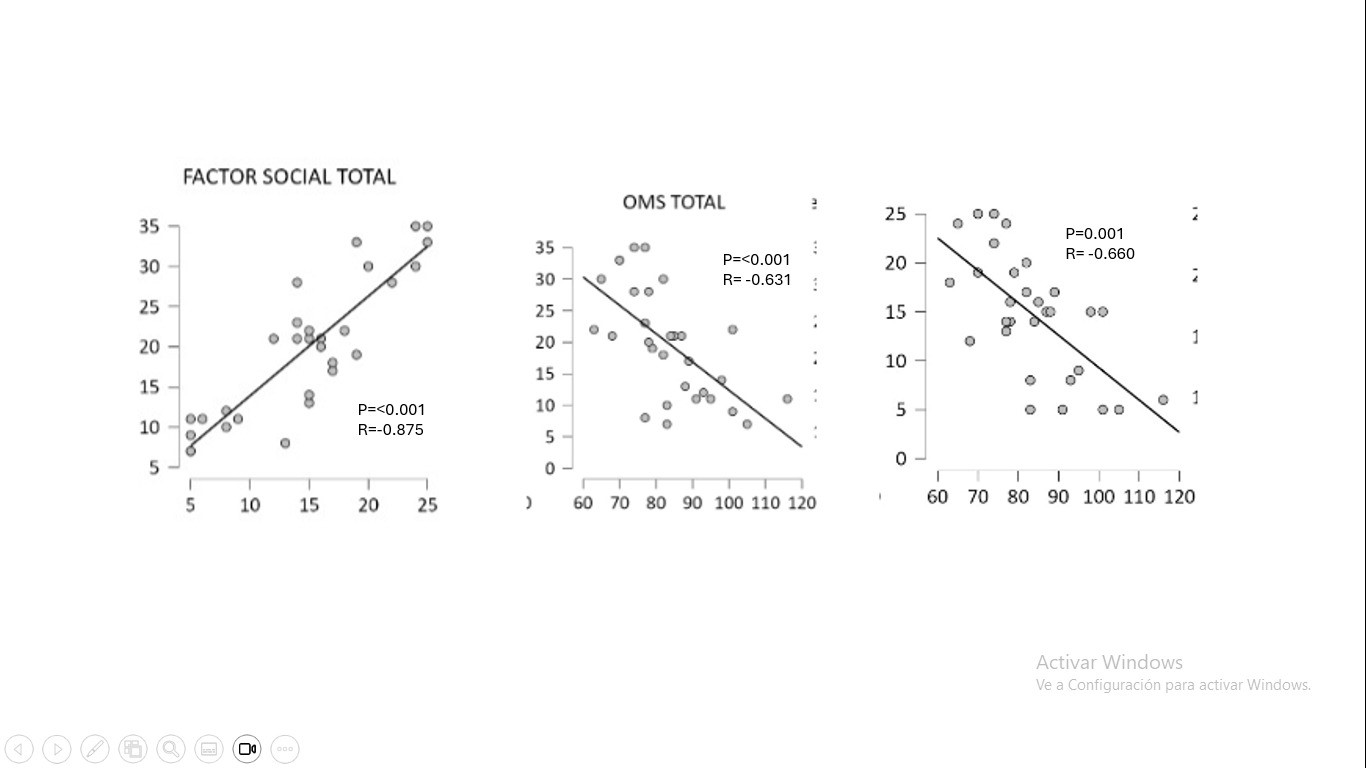Objective:
Exploring self-perceived health, quality of life, economic factors, and social-work aspect of caregivers of patients living with some type of movement disorder.
Background: Caregivers are crucial in managing patients with neurodegenerative diseases and movement disorders. Current assessment tools for caregivers may not fully capture their experiences. More comprehensive evaluations, considering social, work-related, and economic aspects, are necessary to understand caregivers’ challenges accurately.
Method:
Cross-sectional, prospective, descriptive study. Caregivers of individuals living with some type of movement disorder were recruited. A 48-item questionnaire was designed to assess (1) quality of life (WHO Quality of Life Scale), (2) economic impact, (3) social and work-related issues faced by caregivers, and (4) reduced Zarit Burden Interview scale for caregiver burden (ZBI-12). Descriptive analysis was conducted using means, ranges, and standard deviation, as well as frequencies and percentages.
Results:
Thirty caregivers from Mexico were surveyed, with 90% being female and 10% male, and an average age of 50. Approximately 46.7% of the patients they cared for had Parkinson’s disease, while the remaining had other movement disorders. The majority (83%) of caregivers had been providing care for over a year, spending more than 12 hours per day on caregiving duties. About 33% reported a regular perception of their quality of life. Notably, 33.3% of caregivers spent over 2000 pesos monthly on medications, indicating a significant economic burden. Correlations were observed between the Zarit scale and the WHO quality of life scale, social-work factors and the Zarit scale, and social factors and quality of life.
Conclusion:
It was found that there is a correlation between caregiver burden measured by the Zarit scale and social-work factors, demonstrating that higher caregiver burden is associated with greater social-work issues in caregivers. It was also found that there is a direct correlation between the quality of life scale according to the WHO and caregiver burden, where individuals with lower burden present higher quality of life. Lastly, it was reported that there is a correlation between individuals with higher scores regarding social-work issues and a decline in their quality of life.
GRAPH1
GRAPH2
To cite this abstract in AMA style:
R. Baños-Betancourt, A. Domínguez García, A. Cervantes-Arriaga, M. Rodríguez-Violante, A. Hernández-Medrano, W. Moguel-Cardín, G. Rivera-Monroy, K. Velázquez-Román, C. álvarez-Hernández, A. Guerra-Anzaldo, D. Romero-Terán, K. SáNCHEZ-RAMíREZ., S. Arechavala-Lopez, N. Moreno-Aldama, J. Delgado-Uriarte, E. Correa-Medina. “Quality of Life of Caregivers Living with a Movement Disorder. A Comprehensive Approach.” [abstract]. Mov Disord. 2024; 39 (suppl 1). https://www.mdsabstracts.org/abstract/quality-of-life-of-caregivers-living-with-a-movement-disorder-a-comprehensive-approach/. Accessed December 27, 2025.« Back to 2024 International Congress
MDS Abstracts - https://www.mdsabstracts.org/abstract/quality-of-life-of-caregivers-living-with-a-movement-disorder-a-comprehensive-approach/


